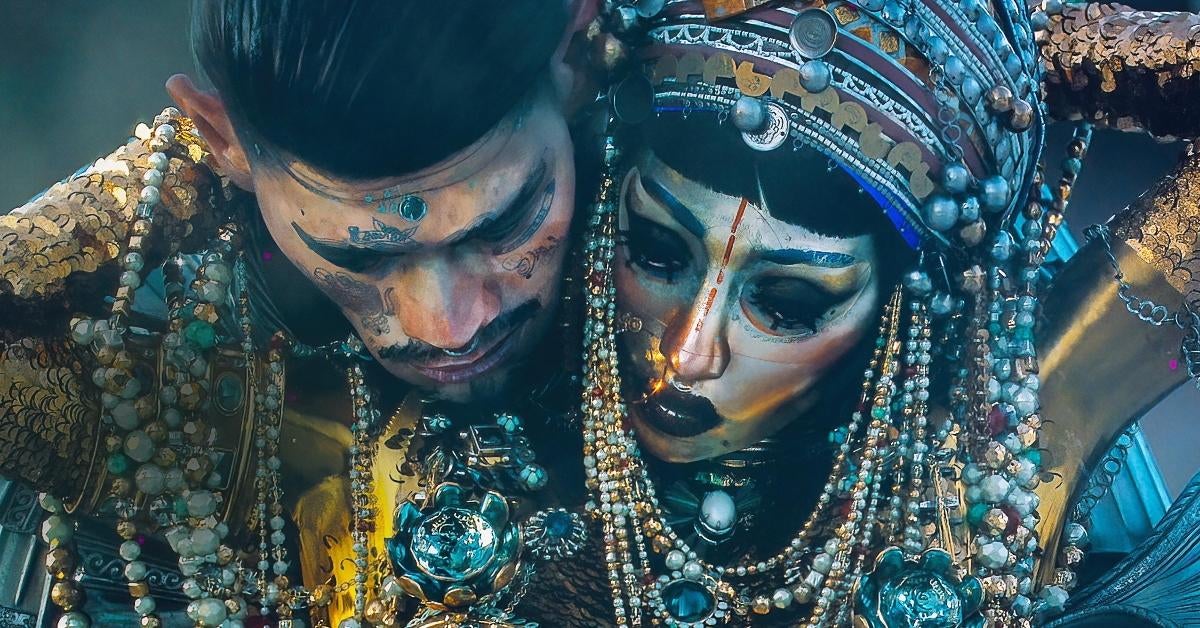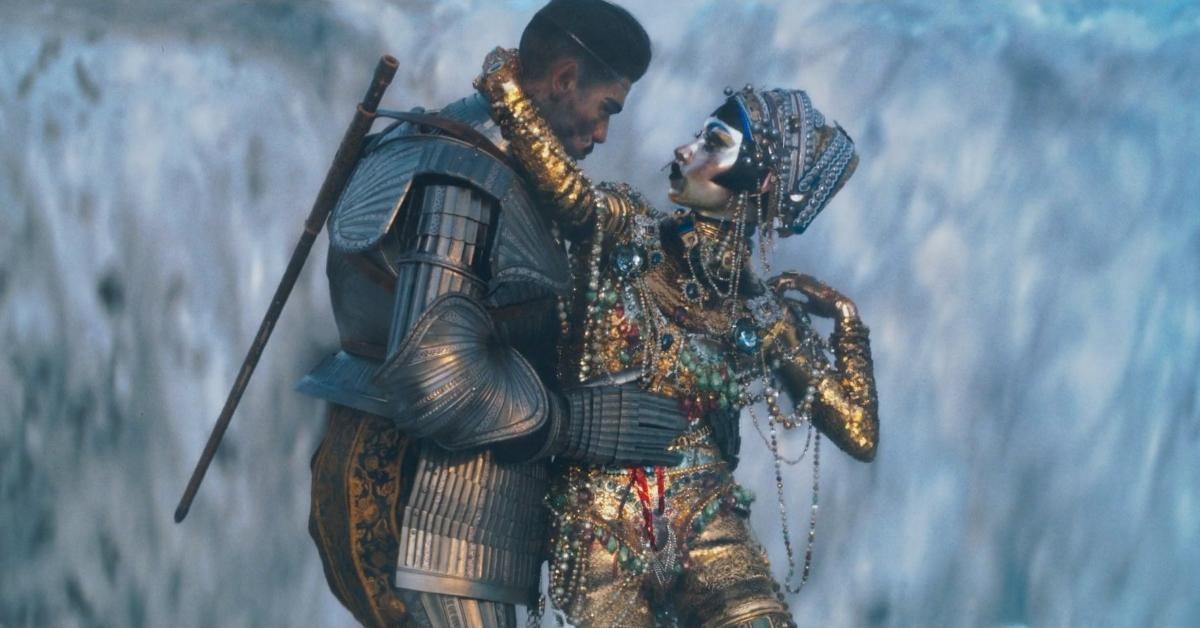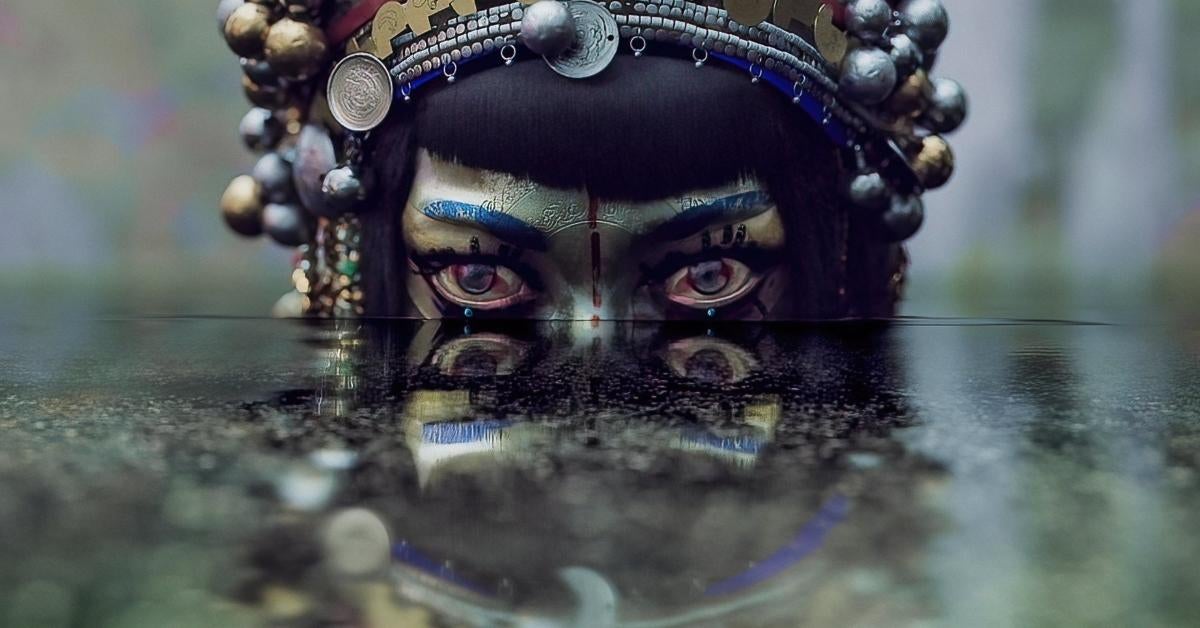Returning for Volume 3

ComicBook.com: You made an impact during [Love, Death + Robots Volume 1] with The Witness, and now you’re coming back in Volume 3 with Jibaro. What was the process the second time around compared to the first time?
Alberto Mielgo: Well, I think that obviously I had more experience in terms of producing a film with my own studio. For The Witness, I created a studio from scratch. It was the first time that I was actually directing something. And then between the two projects, I was doing a commercial and then I was finishing another project, a personal project. And then all of a sudden I started, so I had a little bit… Okay a lot more experience. So in that sense, it was not easier because obviously the technique, it was way more complicated than difficult, but at least it was my third time directing or fourth time directing. So in that sense, I knew what I was doing a little bit more.
prevnext
Animating the Movement

CB: Speaking to that difficulty, “Jibaro” has a lot of high energy movements and energetic dancing, so how was it developing those scenes in particular?
Mielgo: Technically what we do, what I like to do, is to record reference. So in this case, I wanted to work with a choreographer because I wanted to use dance as a way of communicating. I feel that dancers can actually communicate feelings just with movements, without the need of words. That’s what we’ve been seeing in ballet for the longest time. And I wanted to do something that modern and that sophisticated, so we got together with this choreographer, Sarah Silk.
She did an amazing job and she brought incredible dancers, both male and females, and we were shooting reference. We didn’t do motion capture, we basically shoot with different camera angles and then we animated based on those movements. Then, later, we need to render the characters, create all the shadings and do the final compositing, which is a lot of work, of course.
prevnext
Challenges in Portraying The Main Duo

CB: Jibaro has a deaf character at the center of the action, so what was the inspiration behind choosing to focus on a character like that and the challenges of the portrayal?
Mielgo: What is the sound? I was imagining, since she is like an underwater character, I was imagining that the way of… For he, or more or less, what he might hear is something that could be similar to what it is to be underwater. So when he recovers hearing, is almost like when you come out. So the original idea was to create someone, two characters that they are basically not for each other.
So it’s ironically a person that sings and attracts people because of the singing, that falls in love, or maybe obsessed, an obsession with a character that she cannot have. He’s the only one that she cannot have because he’s a deaf character. So, I felt that that was interesting, to create characters that might want each other for the wrong reasons.
prev
Credit: Source link




















